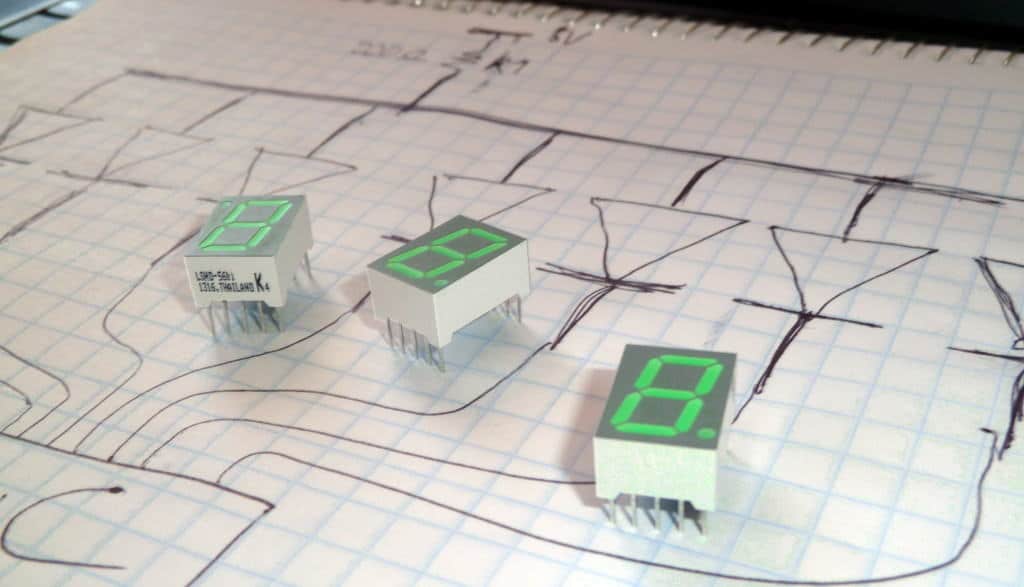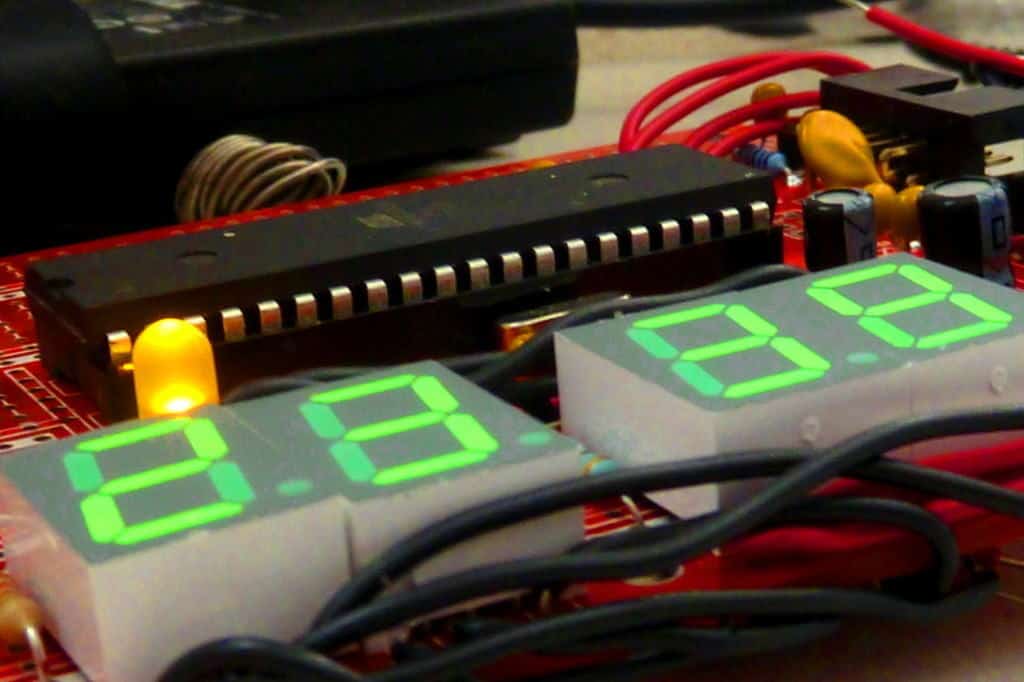One of the most important steps of building electronic projects is not soldering. It is not drawing a schematic. And it is not debugging you circuit…
The most important step is the step that comes before all those steps. And it’s a step that is easy to skip, because you want to start building. At least I have on several occasions.

But you can drastically reduce the time you need to build electronic projects, if you invest a little bit of time in planning. It will also drastically increase your chances of finishing the circuit.
How will planning the design process help you?
- If you know what you’re aiming for, it is easier to make fast decisions
- If you have a plan, you can do what you are supposed to do right away instead of wasting time on deciding what to do
Planning your circuit – step-by-step
1. Idea generation
If you don’t know what you want to make, then browse through a few electronic blogs or search YouTube to find cool ideas. Also check out some of the free schematics websites.
I have also written about 5 cool circuit ideas that you should have a look at.

Get Our Basic Electronic Components Guide
Learn how the basic electronic components work so that circuit diagrams will start making sense to you.
If you already have an idea you are psyched about then go ahead to the next step. But sometimes it is useful to do a brainstorming around your idea just to see if anything new pops out. Check out some brainstorming techniques to get started.
2. Goal setting
If you don’t know what your goal is, then you don’t know when to celebrate the completion of your electronic circuit design process. The best goals are motivating and it’s easy to tell if you have reached them. A SMART goal is a useful method to define your goal. Read more about setting SMART goals here.
Do you know what your goal is? Then write it down on a piece of paper and hang it somewhere where you will see it daily. This way, you will always be reminded of what you are trying to do.
It’s useful to decide on a prize for yourself when you reach your goal, and a penalty if you don’t reach it. For example, if you reach your goal you will treat yourself with an expensive beer in the couch while listening to your favorite music. Or if you fail, you will have to walk around with your underwear on top of your clothes for a whole day :p
Another exercise is to close your eyes and visualize reaching your goal. Pretend that you have just reached your goal and are enjoying the prize you set for yourself. Add as many details as possible. Where are you? What are you doing? What are you feeling?
3. The action plan
You decide for yourself what kind of plans you like to develop. For advanced electronic circuit design it is useful to start with a functional block diagram, then write down the main steps involved in finishing your project.
If your goal is to create a simple amplifier in a box that can take input from a computer and output into two 20W speakers, then the main steps might be:
- find schematics
- draw pcb design
- order pcb, components and box
- solder and troubleshoot circuit
- mount electronics in box
With the main steps planned out, you should try to estimate the time you need for each step. Use the time estimate to plan and figure out a suitable deadline for your project depending on how much time you have free to work on it.
4. Take persistent action
You have created a goal from your idea and an action plan to reach your goal. All that matters now is ACTION!
Work persistently with your action plan. Usually it takes a lot more time to finish a project than originally planned. Don’t get discouraged by this. Keep on working until you reach your goal. Build electronic projects!

Remember
- If you fail to keep your schedule, it’s ok. Just take the time to rethink the estimated time for each step and set a new realistic deadline.
- If you lose interest in the project or find a much more interesting project, make a conscious choice about dumping the project or not. Don’t let the project just fade away.
- To build electronic projects is fun!
Return from Build Electronic Projects to Circuit Ideas
More Circuit Building Tutorials

10 Simple Steps to Learn Electronics
Electronics is easy when you know what to focus on and what to ignore. Learn what "the basics" really is and how to learn it fast.
